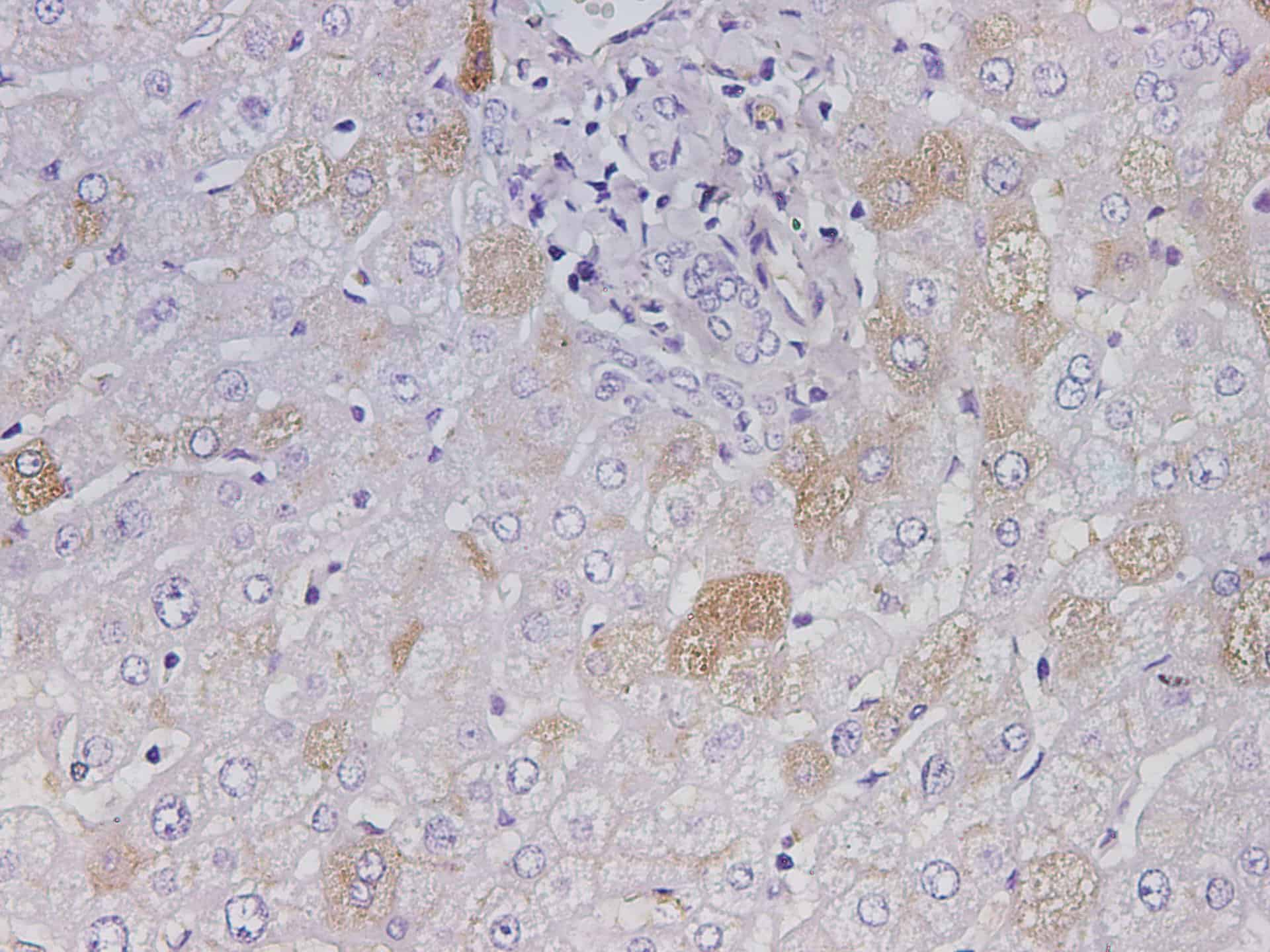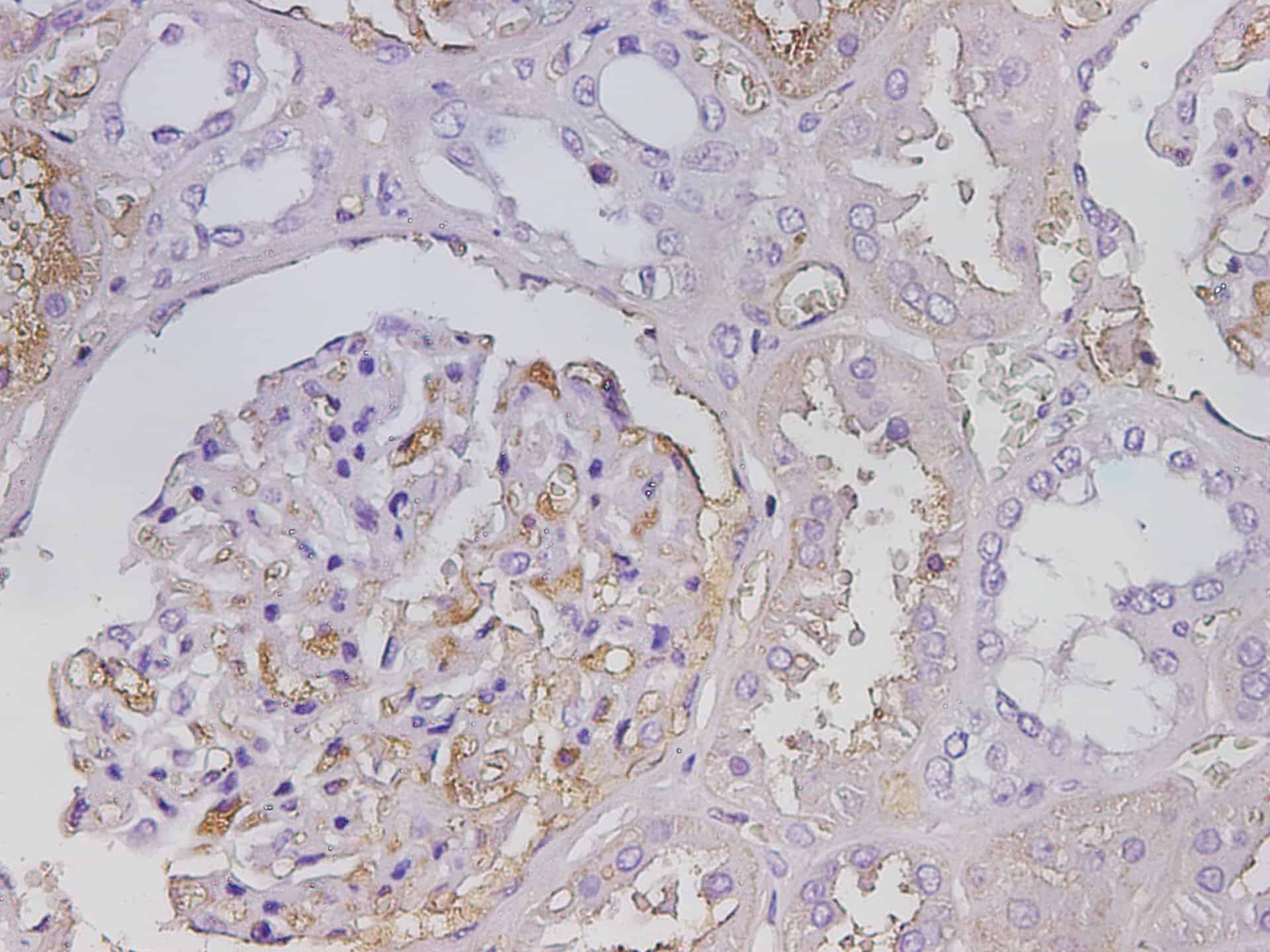ALB Polyclonal Antibody
For reference only. Please follow the manual included in your kit for instructions.
Catalog Number
RD90732A
Product Name
ALB Polyclonal Antibody
Catalog Number
RD90732A
Clonality
Polyclonal
Purification Method
Affinity purification
Isotype
IgG
Host
Rabbit
Background
Albumins are a family of globular proteins, the most common of which are serum albumins. Albumins are commonly found in blood plasma, and are unique from other blood proteins in that they are not glycosylated. Albumin is a 65-70 kDa protein with serum albumin being the main protein of human blood plasma. It binds water, cations (such as Ca2+, Na+ and K+), fatty acids, hormones, bilirubin, thyroxine (T4) and pharmaceuticals (including barbiturates) - its main function is to regulate the colloidal osmotic pressure of blood. Albumin comprises three homologous domains that assemble to form a heart-shaped molecule. Each domain is a product of two subdomains that possess common structural motifs. The principal regions of ligand binding to human serum albumin are located in hydrophobic cavities in subdomains IIA and IIIA, which exhibit similar chemistry. Structurally, the serum albumins are similar, each domain containing five or six internal disulfide bonds.
Immunogen Information
Immunogen
Recombinant Mouse ALB protein expressed by E.coli
Swissprot
P07724
Synonyms
ALBAlbumincell growth inhibiting protein 42DKFZp779N1935growth-inhibiting protein 20PRO0883PRO0903PRO1341serum albumin
Calculated MW
25kDa
Observed MW
26kDa
Applications
Reactivity
Human
Tested Applications
IHC
Conjugation
Unconjugated
Dilution
IHC 1:400-1:800
Concentration
1 mg/mL
Storage Buffer
PBS with 0.02% sodium azide, 50% glycerol, pH 7.4
Storage Instructions
Store at -20°C Valid for 12 months. Avoid freeze / thaw cycles.

